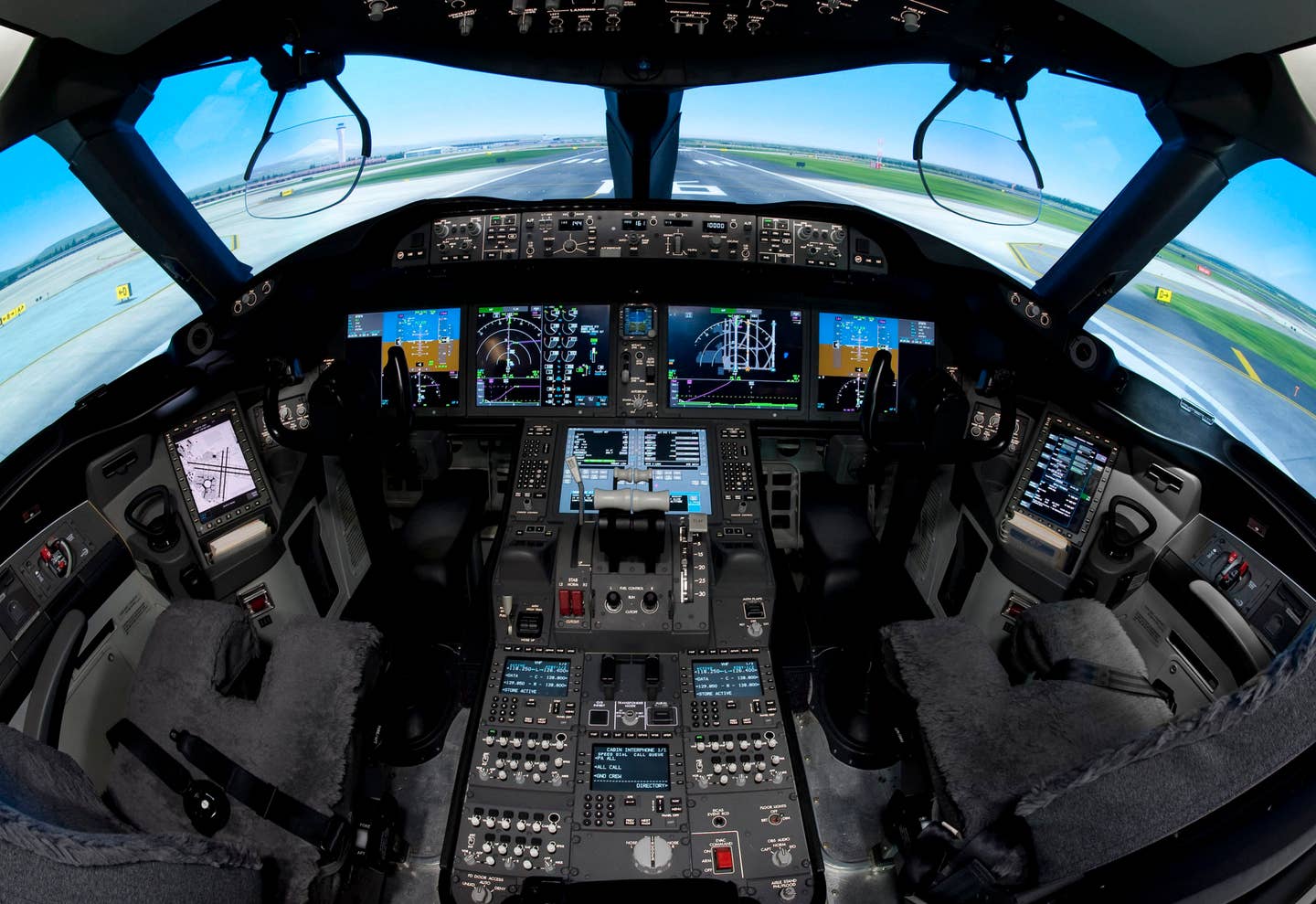Boeing Releases 2020 Pilot and Technician Outlook
In its recently released 2020 Pilot and Technician Outlook, Boeing is projecting that 763,000 new civil aviation pilots will be needed globally over the next 20 years. In addition, the…

Image: Boeing
In its recently released 2020 Pilot and Technician Outlook, Boeing is projecting that 763,000 new civil aviation pilots will be needed globally over the next 20 years. In addition, the report forecasts a need for 739,000 new aviation maintenance technicians and 903,000 new cabin crew members from 2020 to 2039. Across the board, the numbers have fallen from Boeing’s 2019 Outlook, which projected that 804,000 pilots, 769,000 technicians and 914,000 cabin crew members would be needed through 2038.
“While the current industry downturn, driven by COVID-19, has resulted in a temporary oversupply of qualified personnel, the long-term need remains robust,” the company said in its report. “In recent decades, aviation has experienced external forces that have affected demand, such as 9/11, SARS and the Great Financial Crisis. Recovery has generally followed several years later, as the fundamentals driving passenger and air traffic demand remain strong.”
According to Boeing, its 2020 Outlook (PDF) assumes that the industry will similarly recover from the effects of the coronavirus (COVID-19) pandemic within the next few years. Outlook projections are based on “fleet growth, aircraft utilization, attrition rates and regional differences in crewing specific to aircraft type.” The report covers commercial aviation aircraft with more than 30 seats, business jets and civil helicopters.






